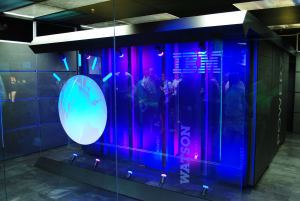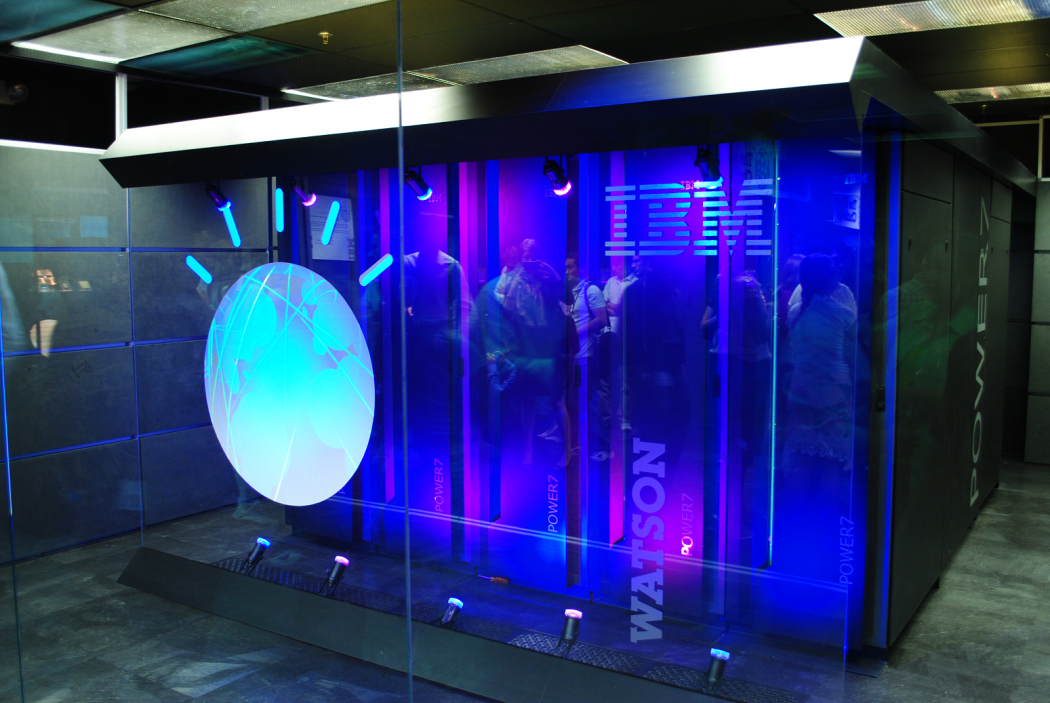In 2008, IBM developed its now iconic supercomputer Watson to play Jeopardy! against the show’s most successful duo, Ken Jennings and Brad Rutter. Boasting 15 terabytes of RAM, 2880 processor cores, and the ability to process more than a million books per second, Watson defeated the reigning champions without breaking a sweat [1]. Watson has tremendous data-analytic capabilities, so it was destined for a better future than just taking down Jeopardy! champions. Watson was destined to revolutionize the field of medicine. This revolution would involve processing billions of data points accumulated over decades to find correlations that would otherwise be immensely time-consuming or impossible for a human mind to perform.

One of the goals that IBM set for Watson was to improve medical image interpretation. To do that, IBM acquired Merge Healthcare in 2015, giving Watson access to more than 30 billion medical images from over 7500 hospitals and clinics [2]. With its newly indexed images and an ever-growing database, Watson is learning to identify melanoma, a form of skin cancer that is difficult to diagnose due to its many manifestations. By studying archived and newly indexed melanoma presentations, Watson may identify patterns in diagnosis that will aid physicians in recognizing melanoma.
Another milestone Watson will strive for is to identify, diagnose, and find treatment plans for rare childhood diseases that affect more than 5 percent of the American population [2]. To do that, IBM paired up with Boston Children’s Hospital to allow Watson to data mine patients’ genomic variations and presentations. Furthermore, Watson will study the primary literature of rare diseases and try to correlate genomic variations with presentation and disease progress to find the best course of treatment for those diseases.
Plans for Watson’s future include aiding the international healthcare community by alleviating cost pressures and physician shortages. For example, India has on average one doctor for every 1700 patients and more than one million new cancer cases every year [2]. Watson’s job will be to assist India’s oncologists by providing them with cost-effective cancer knowledge to ensure that as many patients as possible are seen and treated.
Perhaps one of Watson’s most promising and exciting ventures will be its ability to enhance personalized treatment based on genetic profiles. Watson will translate patients’ DNA into genetic profiles and cross-reference the literature to enable the most personalized treatment options available.
Although Watson is still in its infancy, the promise of its ability to scan through billions of medical images, decades of patient information, publications, and genetic profiles with relative ease will make it an invaluable tool in the medical field. From better radiographic interpretation to personalized treatment based on genetic profiles and improved cancer diagnosis in regions stricken by physician shortage, the application of Watson in medicine is limitless and powerful.
- Rouse M. IBM Watson supercomputer. WhatIs.com. February 2011. http://whatis.techtarget.com/definition/IBM-Watson-supercomputer
- Smith S. 5 Ways the IBM Watson Is Changing Health Care, from Diagnosing Disease to Treating It. Medical Daily. December 17, 2015. http://www.medicaldaily.com/5-ways-ibm-watson-changing-health-care-diagnosing-disease-treating-it-364394
Dor Shoshan is an MS1 at The University of Arizona College of Medicine – Phoenix. He graduated from Chapman University in 2015 with a Bachelor of Science in biological sciences. He is passionate about the intersection of science and technology with medicine—in particular, the way technology will shape the future of medicine and its perils. For recommendations about future articles, comments or questions, please do not hesitate to contact at shoshan[at]email.arizona.edu

